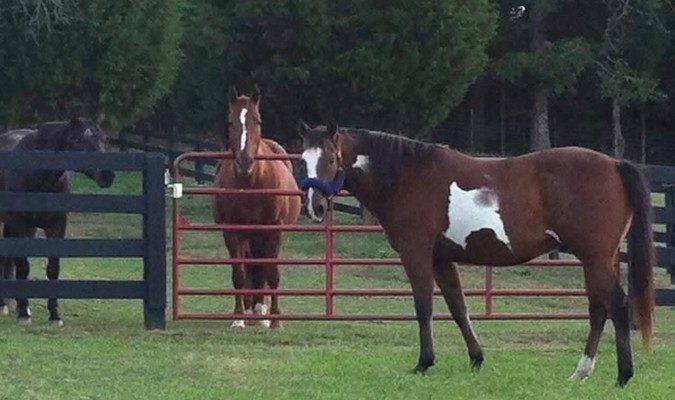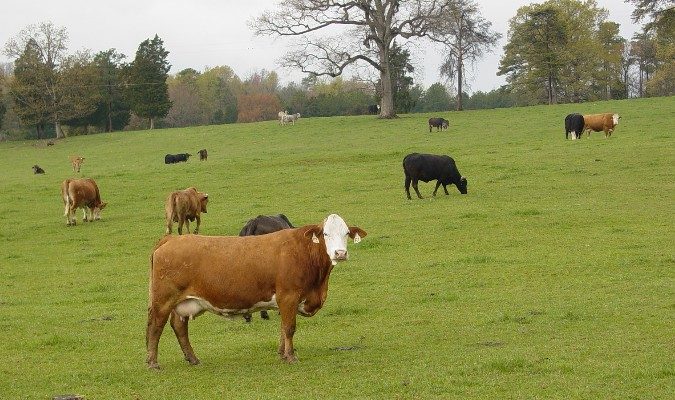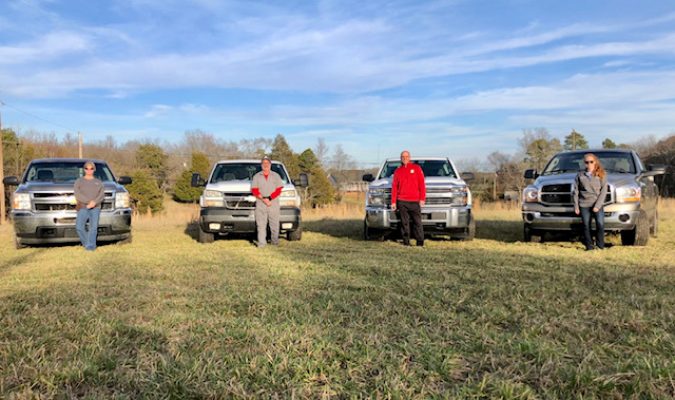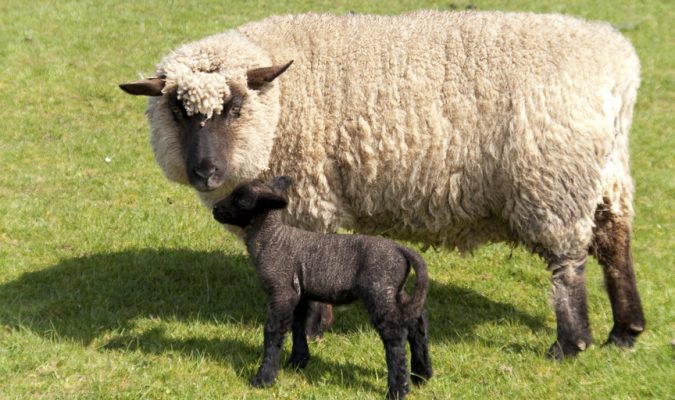Fescue Grass & Your Operation
Tall fescue grass is a very common forage grown throughout the southeastern United States. Whether you know it or not, you’ve come across it, and your animals may even be consuming it. There’s a reason it’s so common and popular in many regions of the nation. It’s drought and insect-resistant, easily digestible, has sufficient protein, and can be grown in a lot of different soil types. Unfortunately, alongside these positives comes a negative aspect to growing this type of grass. As you may already know, a large percentage of fescue grass pastures are infected with a fungus (also called an endophyte) that grows within the plant. The fungus and the grass have a symbiotic relationship, meaning that the fungus helps make the plant insect resistant, drought tolerant, and improves its seed germination. Meanwhile, the plant provides the fungus nutrients and protection. After establishing itself in the plant, the fungus then produces different ergot alkaloids that, when consumed, create the problems identified in horses and cattle to be discussed below.
Fescue Toxicity in Cattle
During the summer months have you noticed your cattle herd spending excessive amounts of time standing in water? Have you noticed decreased feed intake? What about long and unthrifty haircoats, weight loss, and decreased pregnancy rates? These can all be clinical signs associated with fescue toxicity in cattle. In more severe cases cattle can even slough the ends of their tail, ears, and hooves. The reasoning behind these clinical signs is that the alkaloids produced by the endophyte cause increased body temperature and decreased blood flow to the extremities.
When it comes to management strategies for producers to implement into their operation, there are many different routes they can take to mitigate the effects of the endophyte infected grass.
- Purposeful Heavy Grazing: Because the endophyte concentrates in the stem and seed heads of tall fescue, we can lessen the negative effects and amount of endophyte present by heavily grazing the forage to keep it short. You could also clip the pastures to remove the seed heads if you can’t intensively graze.
- Grain Supplementation: We can dilute the amount of fescue consumed by the cattle through supplemental feedings of grain. Also, because fescue toxicity causes increased body temperature, this will decrease the amount of forage your cattle will want to consume. So by offering grain, this can be a great way to increase the calories consumed by your herd through offering a calorie dense feed.
- Pasture Rotation: If your operation has different forages planted on different pastures, moving your cattle off of infected fescue fields can be a great way to manage this issue. Then you can save the infected fescue pastures for hay or fall/winter when the detrimental effects of the grass are less of an issue.
- Interseeding Legumes: Another option is interseeding your infected fescue pastures with a different forage such as a legume. This is another way to dilute the fungal infected fescue to help lessen the negative effects.
- Replanting Infected Pastures: The most time consuming, labor intensive, and costly route to managing this issue is through completely killing off the infected fescue and replanting with a different forage or novel endophyte tall fescue. Thankfully, the novel endophyte tall fescue still has all the benefits of drought and insect resistance, but doesn’t produce the toxic alkaloids that create these negative effects. Unfortunately, the novel endophyte tall fescue seed is expensive to add onto the already costly bill.
https://ksubci.org/2023/03/31/fescue-toxicosis/
https://u.osu.edu/beef/2017/07/19/fescue-toxicosis-knowing-the-signs/
Fescue Toxicity in Horses
Fescue toxicity in horses has a different set of concerns compared to the bovine species. Horses also seem to be more susceptible to the toxins produced by the endophyte. The clinical signs associated with fescue toxicosis in horses have more to do with the reproductive side of things as compared to cattle. The population of horses most susceptible to fescue toxicity are mares in their final trimester of gestation. These problems can include prolonged gestation, difficulty giving birth, thickened placenta, decreased milk production, and decreased vigor in the foal. This is due to the alkaloids affecting neurotransmitters in the brain and thereby interfering with normal hormone production. If your late gestation mares graze on tall fescue grass/hay then you could run into the issues listed previously if you haven’t already.
When it comes to management strategies for our horses there are ways for owners to get around the detrimental effects of the fungus infected tall fescue.
- Remove Last Trimester Mares: As stated earlier, mares in their last trimester of gestation are most susceptible to the negative effects of consuming endophyte infected tall fescue. It’s recommended to pull mares off of infected fescue pastures and hay 45-90 days prior to their expected due date to avoid the negative consequences. This may be the easiest and cheapest management strategy for most horse owners. This is where it pays to have multiple fields planted with different cool and warm season forages.
- Eliminate Infected Tall Fescue: This route is a lot more expensive and time-consuming as stated previously. It involves killing off the tall fescue crop and replacing it with either an alternative forage, or replanting with a novel endophyte tall fescue.
- Pharmacologic Drug Treatment: If all other management strategies fail, or they simply don’t work well with your operation, fear not! There are multiple drugs available to help manage mares with fescue toxicity. The most commonly used drug is known as Equidone Gel (domperidone) which is a dopamine-2 antagonist that helps the mare establish the appropriate levels of hormones necessary for a successful birthing process. By working closely with your veterinarian we can prescribe these drugs to start treating your mare for fescue toxicity before parturition, rather than waiting until the foal is on the ground.
https://poisonousplants.ansci.cornell.edu/toxicagents/fesalk.html
Fescue Testing
If you’re interested in having your pastures tested to see if you’re tall fescue grass is infected, I’ve attached a link to walk you through getting that process started.
Different operations will require different strategies to cope with fescue toxicity. If you have any questions regarding the topics discussed in this article, please don’t hesitate to contact us. If you’d like to do a farm consultation to discuss management strategies for fescue and your animals we’d be more than happy to assist. We may not have all the answers to address all your concerns, but by working with forage specialists, extension agents, and veterinary toxicologists, we can get you there.
Written By: Dr. Gunner Edgell
Rocky River Large Animal Veterinary Clinic is here to serve you and your animals.






